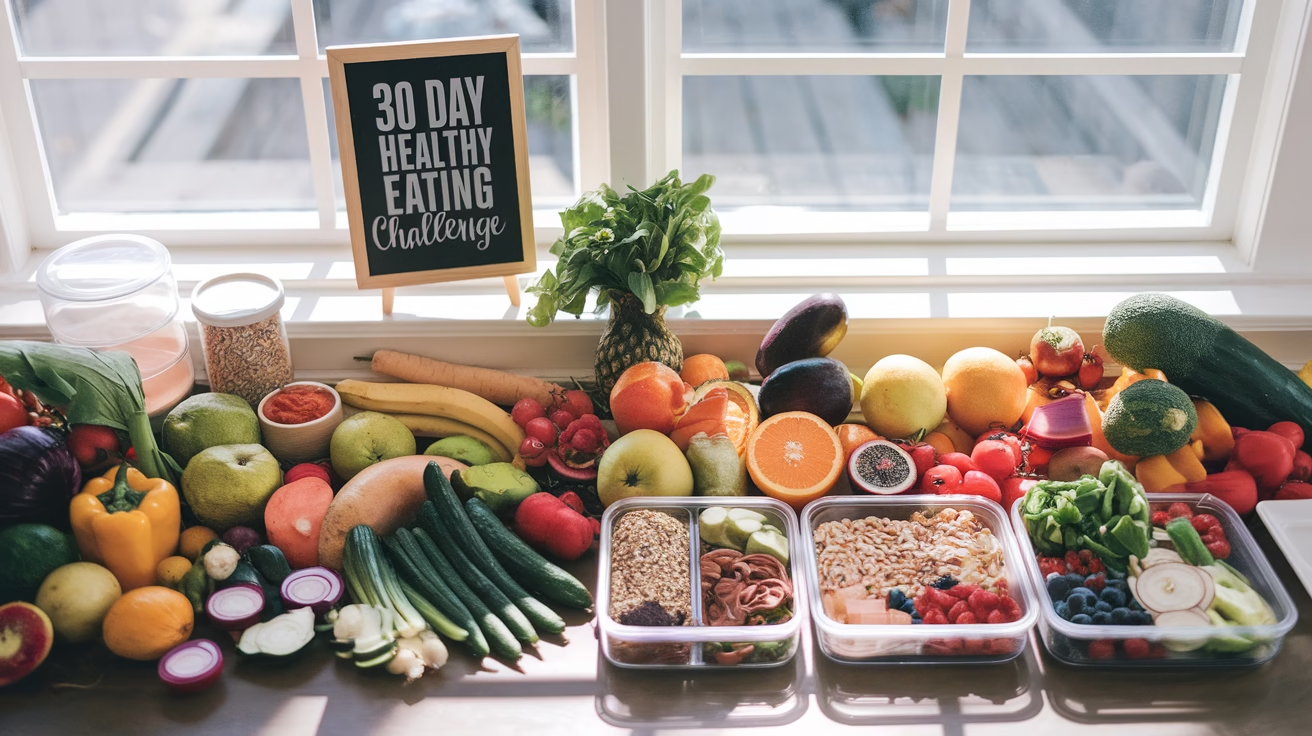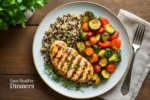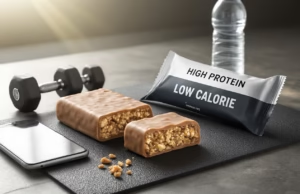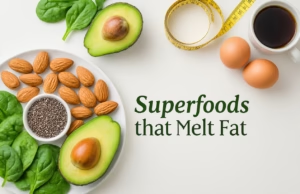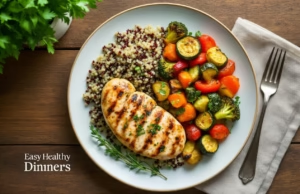Ready to Transform Your Health? The 30 Day Healthy Eating Challenge Starts Now!
Are you tired of fad diets that leave you hungry and unsatisfied? Feeling overwhelmed by conflicting nutrition advice that seems to change every week? You’re not alone. In today’s fast-paced world, maintaining healthy eating habits can feel like an impossible task. But what if you could reset your relationship with food and establish sustainable healthy eating patterns in just 30 days? 🌱
Our 30 Day Healthy Eating Challenge offers a structured approach to transforming your diet without extreme restrictions or complicated rules. Drawing inspiration from successful frameworks like the Mediterranean diet and whole food eating plans, this challenge provides a flexible roadmap to better nutrition. Whether you’re looking to boost your energy levels, improve gut health, or simply develop healthier habits, this month-long journey includes everything from essential nutrition fundamentals to delicious meal ideas—including our popular salad-a-day component that makes incorporating vegetables both easy and enjoyable.
In the following sections, we’ll walk you through exactly how to plan your challenge, address common obstacles, and maximize your results for lasting change. Are you ready to take the first step toward a healthier you? Let’s begin! 💪
Subscribe for good and useful information.
Understanding the 30 Day Healthy Eating Challenge
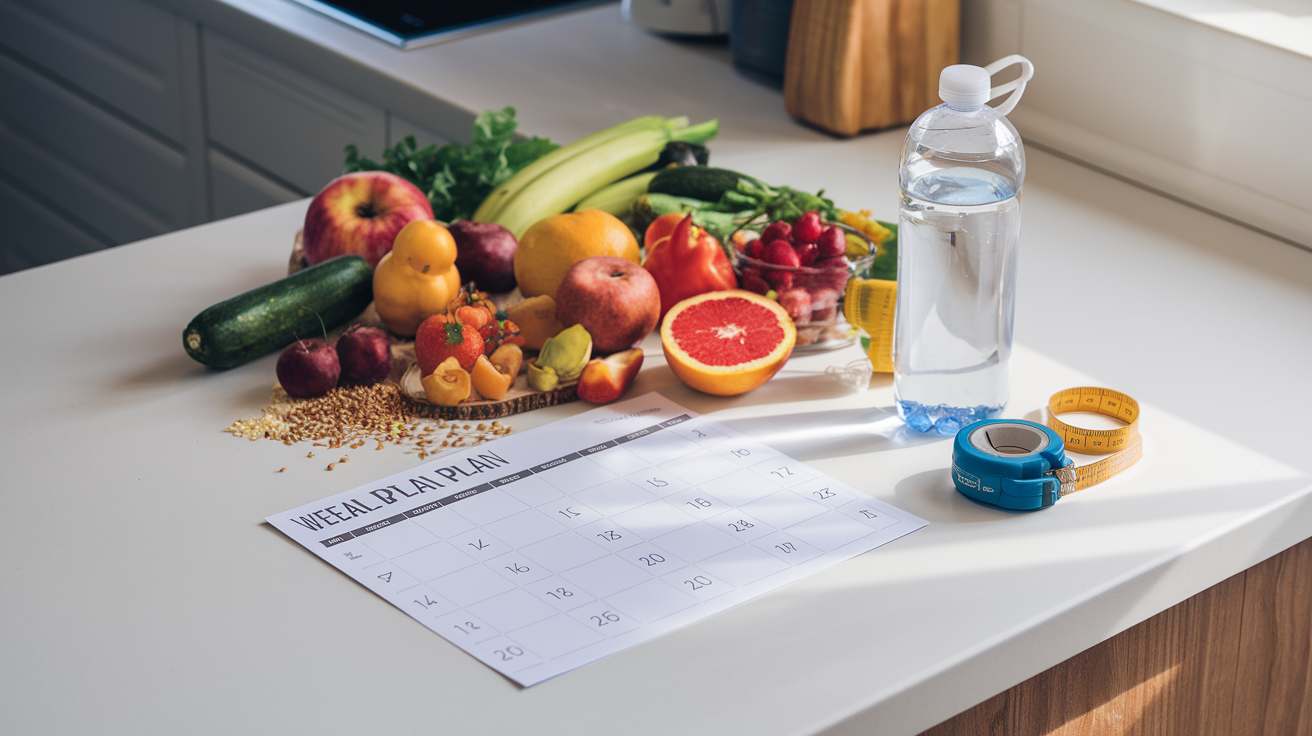
What makes a 30 day Healthy Eating challenge effective for dietary changes
Ever noticed how hard it is to stick with healthy eating? That’s where the 30-day format shines. It’s long enough to form new habits but short enough to stay motivated. Your brain loves the clear start and end dates, making it easier to commit fully than those vague “I’ll eat better someday” promises we all make.
Different approaches: Whole Food, Mediterranean, and Gut Health challenges
Whole Food challenges eliminate processed items, focusing on fruits, vegetables, and unrefined grains. Mediterranean approaches emphasize olive oil, fish, and plant-based meals with moderate wine consumption. Gut Health challenges incorporate fermented foods, fiber, and prebiotics to improve digestion and immune function. Each offers unique benefits depending on your personal health goals.
Setting realistic goals and expectations for your challenge
Don’t try to overhaul everything overnight. Small, consistent changes stick better than dramatic ones. Expect some struggles around day 10-14 when novelty wears off. Plan for social situations and have backup strategies ready. Track non-scale victories like better sleep and energy levels. Remember, perfection isn’t the goal—progress is.
Planning Your 30 Day Healthy Eating Challenge Journey
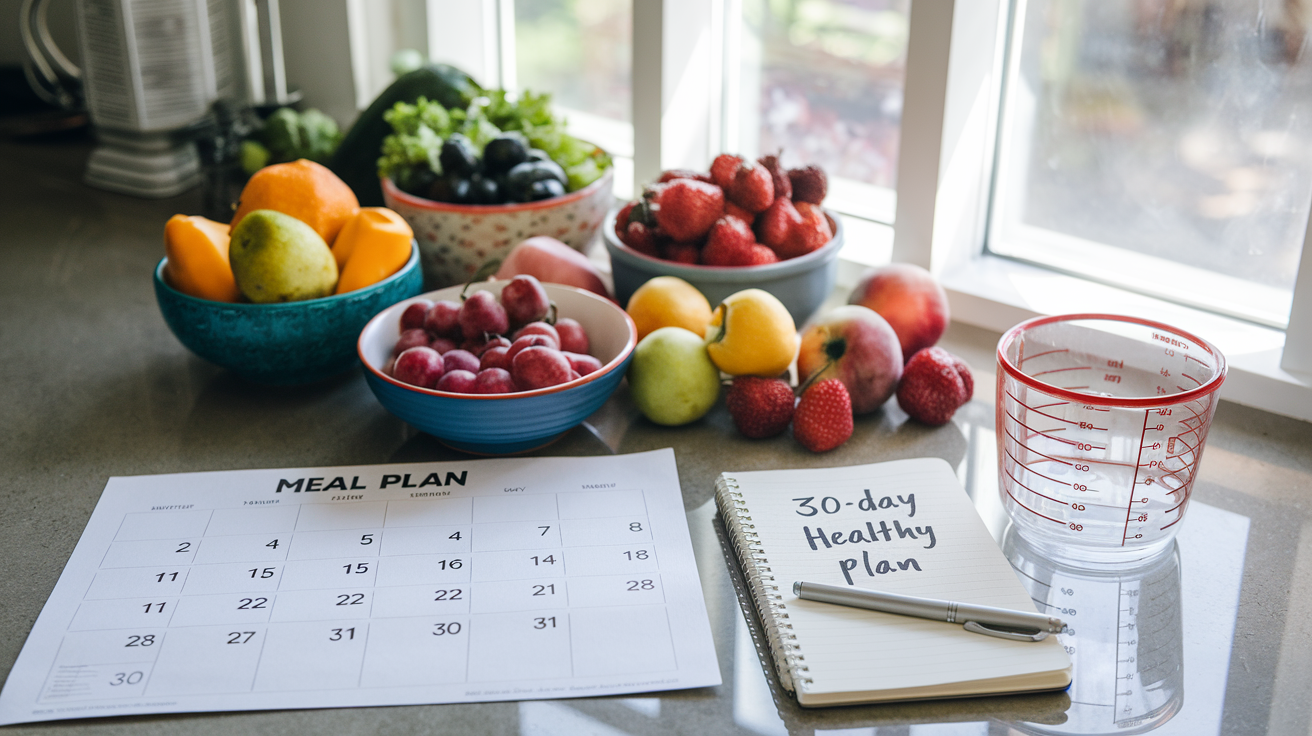
Assessing your current diet and identifying areas for improvement
Ever looked at your plate and wondered, “Is this really helping me?” Take a week to track everything you eat. I mean everything – that secret candy bar counts too! Notice patterns. Too many processed foods? Not enough veggies? Skipping breakfast? These insights become your roadmap for change. The hard truth helps you move forward.
Creating a personalized meal calendar
Ready to ditch the “what’s for dinner” panic? Your meal calendar is your new best friend. Map out 30 days of breakfasts, lunches, dinners, and snacks that excite you. Mix familiar favorites with new recipes to keep things interesting. Build in flexibility for real life (because pizza happens). The magic is in the planning – when you know what’s next, you’ll actually stick with it.
Shopping lists and ingredient preparation strategies
Grocery shopping without a plan is basically asking to blow your healthy eating goals. Create weekly shopping lists based on your meal calendar. Shop the perimeter first (where fresh foods live). Then batch prep ingredients on weekends – chop veggies, cook grains, and portion proteins. Store everything in clear containers so you can grab and go. This front-loaded effort saves you from the takeout temptation later.
Nutrition Fundamentals for Your Challenge
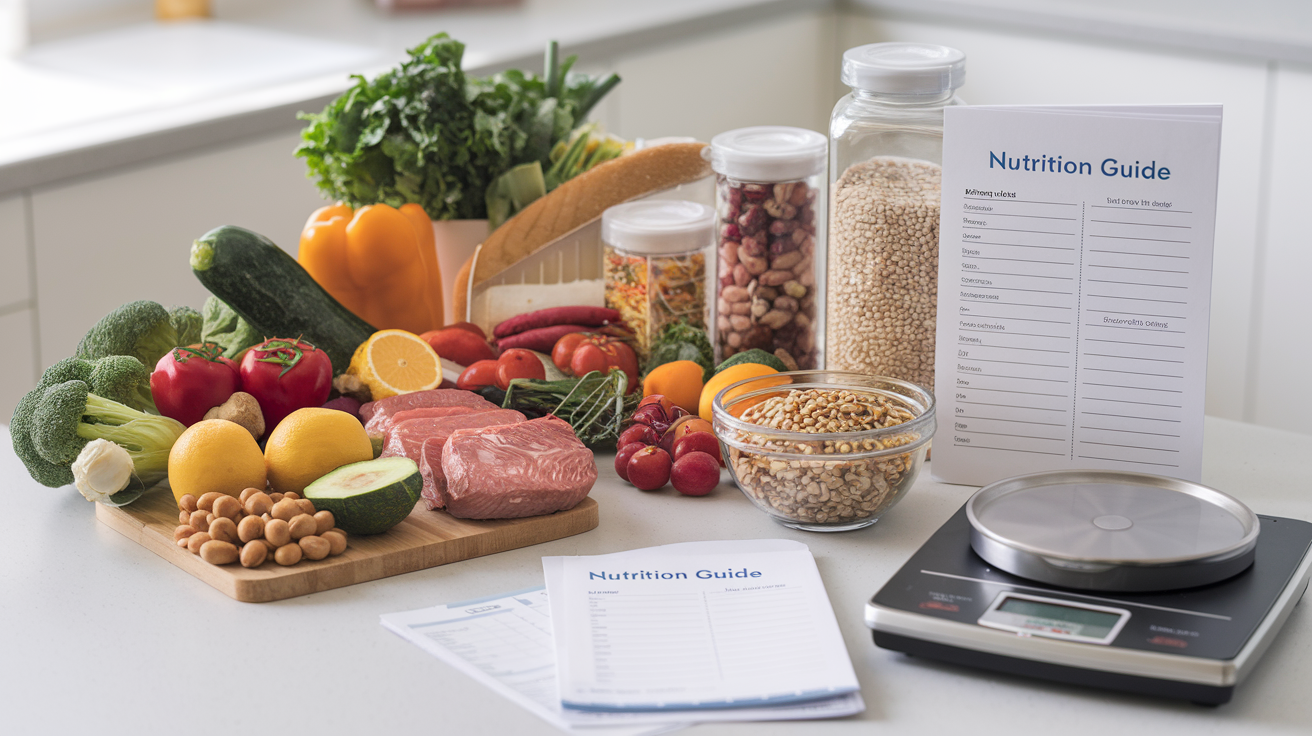
Balancing macronutrients for optimal health
Forget complicated diet rules! Your body thrives when you balance proteins (lean meats, beans), carbs (whole grains, fruits), and healthy fats (avocados, nuts). Think of your plate as a colorful canvas – half veggies, quarter protein, quarter quality carbs. This balance keeps energy steady and cravings at bay throughout your 30 Day Healthy Eating Challenge journey.
Incorporating clean eating principles
Ditch the processed junk and embrace real food! Clean eating isn’t about perfection – it’s choosing foods close to their natural state. Shop the perimeter of grocery stores where fresh stuff lives. Read labels and ask: “Would my great-grandma recognize this as food?” If not, maybe skip it during your challenge.
Calorie awareness without strict counting
Counting every calorie drives most people nuts. Instead, develop food intuition. Use your hand as a portion guide: protein (palm), veggies (fist), carbs (cupped hand), fats (thumb). Pay attention to hunger cues and satisfaction. This approach builds sustainable habits beyond your 30-day challenge without the calculator drama.
Specialized Health Challenge Variations
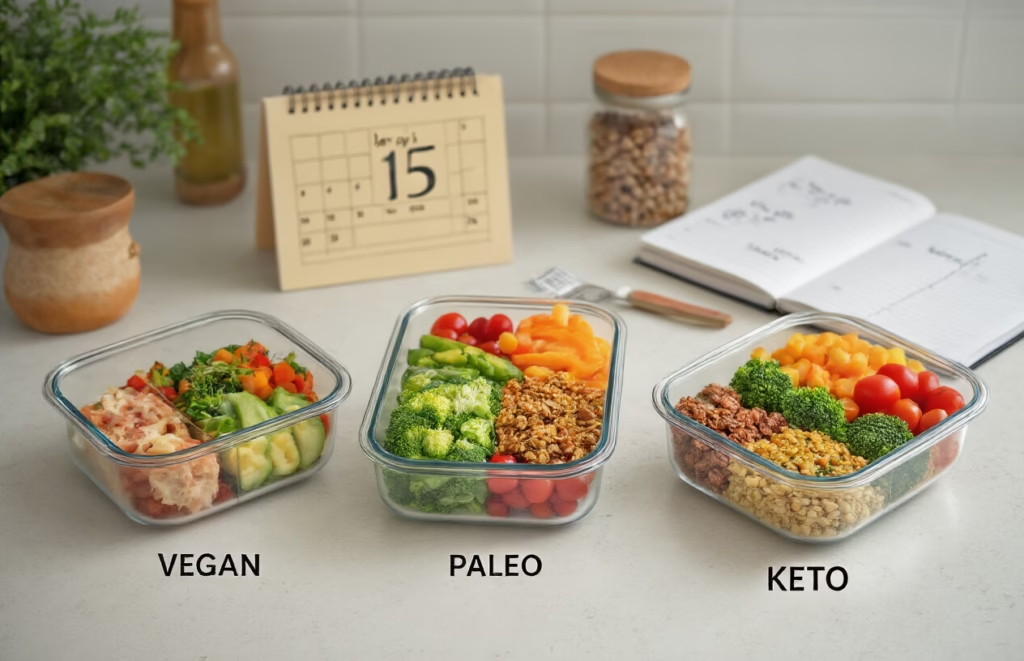
Specialized Health Challenge Variations
A. Mediterranean diet approach and its health benefits
Looking to shake up your challenge? Try going Mediterranean! This approach focuses on heart-healthy fats, colorful veggies, and lean proteins. People who embrace this eating style often see improved heart health, lower inflammation, and better weight management—all while enjoying delicious, satisfying meals.
B. Whole food focus: eliminating processed ingredients
Ditch those ingredient labels you can’t pronounce! A whole food challenge variation means eating foods in their natural state—fruits, vegetables, unprocessed meats, and whole grains. This approach reduces your exposure to additives, preservatives, and excess sugar while maximizing nutrient intake for increased energy and clearer skin.
C. Gut health optimization through diet
Your gut influences everything from mood to immunity. This challenge variation emphasizes fermented foods like yogurt, kimchi and sauerkraut, along with fiber-rich options that feed beneficial bacteria. Many participants report improved digestion, reduced bloating, and even better mental clarity within just a few weeks.
Meal Ideas and Practical Recipes
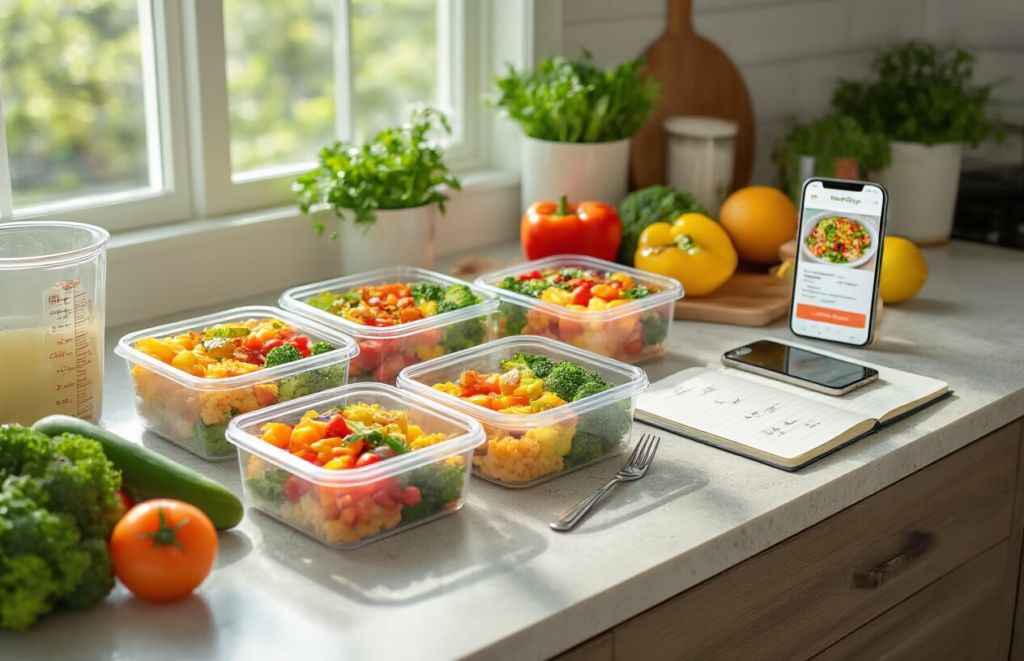
Meal Ideas and Practical Recipes
A. 400-calorie Mediterranean dinner options
Imagine tucking into a colorful plate of grilled lemon chicken with roasted vegetables and a small portion of olive oil-drizzled quinoa. Or how about a Greek-inspired stuffed bell pepper filled with lean ground turkey, feta, and a rainbow of veggies? These Mediterranean dinners hit that sweet spot – satisfying your taste buds while keeping calories in check.
B. Balanced meal suggestions inspired by professional chefs
Professional chefs know that healthy eating doesn’t mean boring eating. Try seared salmon with a bright citrus glaze, served alongside wilted greens and a small portion of wild rice. Or whip up chef-approved turkey meatballs with zucchini noodles tossed in a light herb sauce. These restaurant-worthy meals bring gourmet techniques to your 30-day challenge without the calorie overload.
C. High-protein options (including vegan alternatives)
Protein doesn’t always mean meat. Dive into a hearty lentil and vegetable stew packed with 20+ grams of plant protein per serving. Meat-eaters might enjoy lean bison burgers on lettuce wraps with sweet potato wedges. For pescatarians, try blackened tilapia with a black bean and corn salsa. Each option delivers the protein punch needed to stay full and fuel your body properly.
Addressing Common Challenges

Strategies for reducing sugar cravings
Those sugar demons hit hard, don’t they? Try keeping fresh fruit handy for sweet cravings, drinking more water, and getting enough sleep – exhaustion makes you reach for sugar. Small protein snacks between meals can stabilize blood sugar and curb those afternoon cookie emergencies.
Dining out while maintaining your healthy eating goals
Restaurant menus hide calorie bombs everywhere. Check menus online before going out, choose places with healthy options, and don’t be shy about requesting modifications. My favorite trick? Order a veggie-packed appetizer first and split that tempting entrée with a friend.
Dealing with social pressure and special occasions
Feel that push to “just have one slice” at every gathering? Prepare your polite “no thanks” in advance or eat something healthy before events. For celebrations, choose your indulgences wisely – enjoy that birthday cake but skip the random office donuts. Remember, it’s about progress, not perfection.
Enhancing Your Results
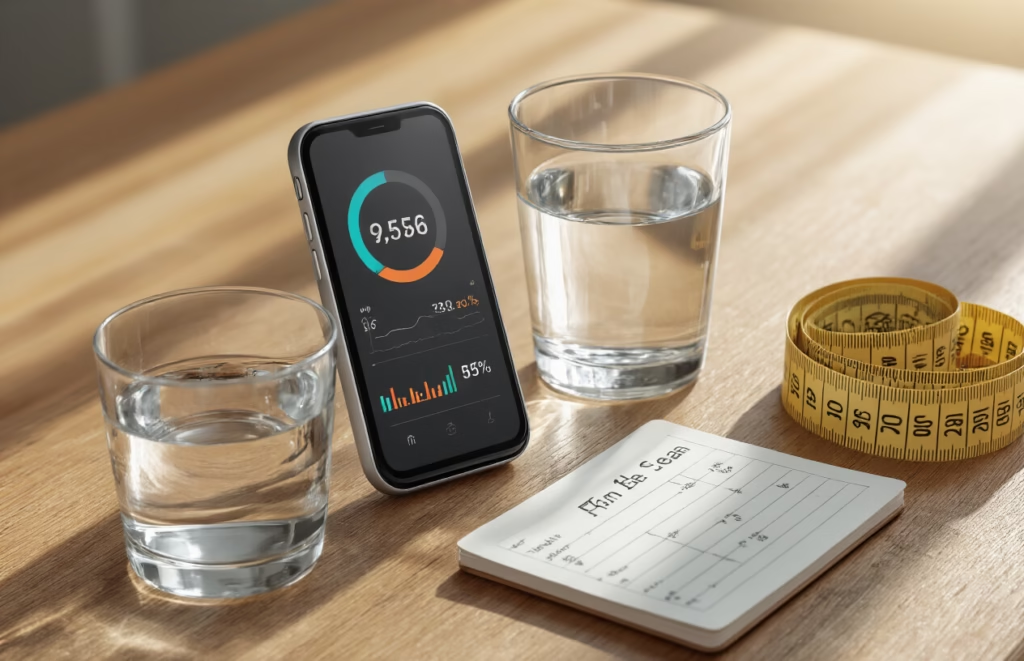
A. Combining your eating challenge with appropriate physical activity
Physical activity significantly amplifies the benefits of your 30-day healthy eating challenge. Aim for 20-30 minutes of exercise daily, such as rebounding (bouncing on a mini-trampoline), which helps stimulate lymphatic circulation and cleanse cells of toxins. Regular movement not only burns calories but also improves digestion, increases energy levels, and supports your body’s natural detoxification processes, making your dietary changes more effective.
B. The role of intermittent fasting (if appropriate for you)
Intermittent fasting can complement your healthy eating challenge when implemented correctly. This approach gives your digestive system valuable rest periods, potentially enhancing metabolic health and cellular repair. Studies suggest achieving quick results in the first two weeks creates momentum for long-term habits. Start with a simple 12-hour overnight fast, gradually increasing the fasting window as your body adapts, but always prioritize proper nutrition during eating periods.
C. Tracking progress beyond the scale
Measuring success extends far beyond weight loss. Monitor improvements in energy levels, mental clarity, sleep quality, and mood to gauge your challenge’s true impact. Keep a daily journal documenting non-scale victories like reduced cravings, better digestion, or improved skin appearance. Take progress photos weekly and track measurable health metrics such as hydration levels, physical activity, and food quality to maintain motivation throughout your 30-day journey.
Conclusion:

Embarking on a 30 day healthy eating challenge is more than just following a temporary diet—it’s about building sustainable habits that can transform your relationship with food. Throughout this journey, you’ve learned how to plan effectively, understand nutrition fundamentals, and adapt the challenge to your specific needs. From incorporating a daily salad to exploring Mediterranean-inspired meals and whole food options, you now have the tools to continue making healthy choices beyond the 30 days.
Remember that small setbacks don’t define your journey. Whether you’re focusing on gut health, reducing sugar intake, or exploring plant-based protein sources, the key is consistency and self-compassion. As you move forward, continue to experiment with the meal ideas and recipes we’ve shared, and don’t hesitate to adapt them to your preferences and lifestyle. Your 30-day challenge may end, but the healthy eating habits you’ve developed can last a lifetime, supporting your overall wellness goals and helping you feel your best every day.
Follow Us On:
